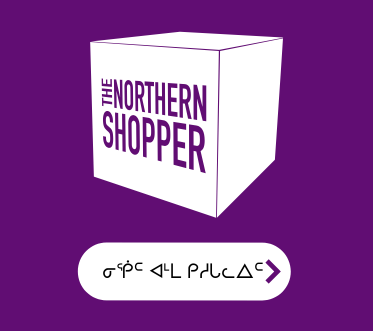Canada’s national suicide prevention strategy is failing, says senator
Report makes several recommendations for updated strategy
Sen. Patrick Brazeau says suicide prevention “is a very personal” issue for him. He was one of a group of senators to release a report on Canada’s national suicide prevention strategy last week. (Screen shot via CPAC)
A Senate report on suicide prevention strategies highlights the disproportionally high rates of suicide among Indigenous people, and more specifically Inuit.
The report from the Senate Social Affairs Committee, titled Doing What Works, was released June 8.
“It could have easily been called ‘Doing What Doesn’t Work,’” said Sen. Ratna Omidvar during a news conference after the report was released.
“Because the federal framework for suicide prevention is failing.”
Omidvar said updating this strategy is a matter of life and death.
Sen. Patrick Brazeau added his thoughts during the news conference, saying the issue is very personal to him as he’s tried to take his own life twice.
Brazeau, who is an Algonquin from Quebec, noted the rates of suicide among Inuit are six to 25 times higher than national rates.
He said the research laid out int the report has made him question “whether the federal government is truly interested in saving Indigenous lives.”
The report notes that between 2016 and 2020, Indigenous Services Canada funnelled $1.8 billion into the Mental Wellness Program, part of which helps support the National Inuit Suicide Prevention Strategy.
Any update to Canada’s suicide prevention framework should take lessons from the Inuit strategy, the report notes.
It “does a very good job of marrying health-care evidence and also Inuit knowledge in its approaches,” said Dr. Allison Crawford, associate chief of virtual mental health and outreach at the Centre for Addiction and Mental Health, in the report.
To gather research, the committee heard testimony from numerous people from across the country, including Natan Obed, president of Inuit Tapiriit Kanatami.
Obed told the committee, “There is nothing intrinsic about Inuit that makes them of high risk for suicide, but the poisonous byproducts of colonialism like inadequate housing, substance abuse and cultural erosion remain potent.”
There is more to the problem than just people in crisis, he said.
Committee members heard that limiting funding strictly to suicide prevention was not enough. Economic and social well-being must be considered in order to “prevent Indigenous Peoples from reaching a crisis point in the first place,” the report said.
As such, the senators included in their recommendations that any update must include “life promotion” or funding for socio-economic needs.
They also asked that a new prevention strategy provide “flexible financial support” for training designed and implemented by community members autonomously.
Taking colonial history and generational trauma into consideration, programs should be culturally appropriate and trauma-informed, the report states.
The committee makes several recommendations with special considerations for Indigenous people. It specifically asks that populations that are over-represented in suicide statistics be specifically targeted for intervention.
It also noted that a Canada-wide strategy should recognize and include the “expertise and knowledge of community members by engaging directly with Indigenous experts with lived and living experience in suicide prevention.”
Children need healthy and safe environments “with enough food to eat and education,” but first and foremost we “need kids to be safe,” Obed said in the report.
Here are resources for people in distress who need to talk to someone:
Kamatsiaqtut Help Line is Nunavut-specific and offers services in Inuktitut. Phone: 979–3333 for Iqaluit residents and 1–800–265–3333 for other Nunavummiut.
The First Nations and Inuit Hope for Wellness Helpline: 1–855–242–3310 or chat online at hopeforwellness.ca.






The title of this article is misleading. Canada does not have a national suicide prevention strategy, despite unanimous support in the House of Commons in 2019 for a motion proposed by the NDP. The NDP had attempted a similar motion in 2011, but the Conservatives instead passed a motion calling for a national “framework” for suicide prevention – which failed to call for evidence-based interventions for suicide prevention, and which received no funding. The recent Senate Committee report was about the failings of the Conservatives “framework”. Thanks to inaction by successive Liberal and Conservative governments, Canada remains one of the few developed countries in the world not to have an actual suicide prevention strategy – despite A World Health Organization recommendation that every country should develop and implement one.
same old were given the funds to research need new blood. over and over the same ‘researchers’ won’t get you far. listen to those at the grass roots, spread out, think outside of those reports… some answers won’t be found but this way, many more will and that means lives.
MAID, assisted suicide has gained ground, controversial in its implementation when considering that the people using the service are expendable in our for profit oriented lifestyle. They aren’t helping fatten the bottom lines of/within the corporate state.